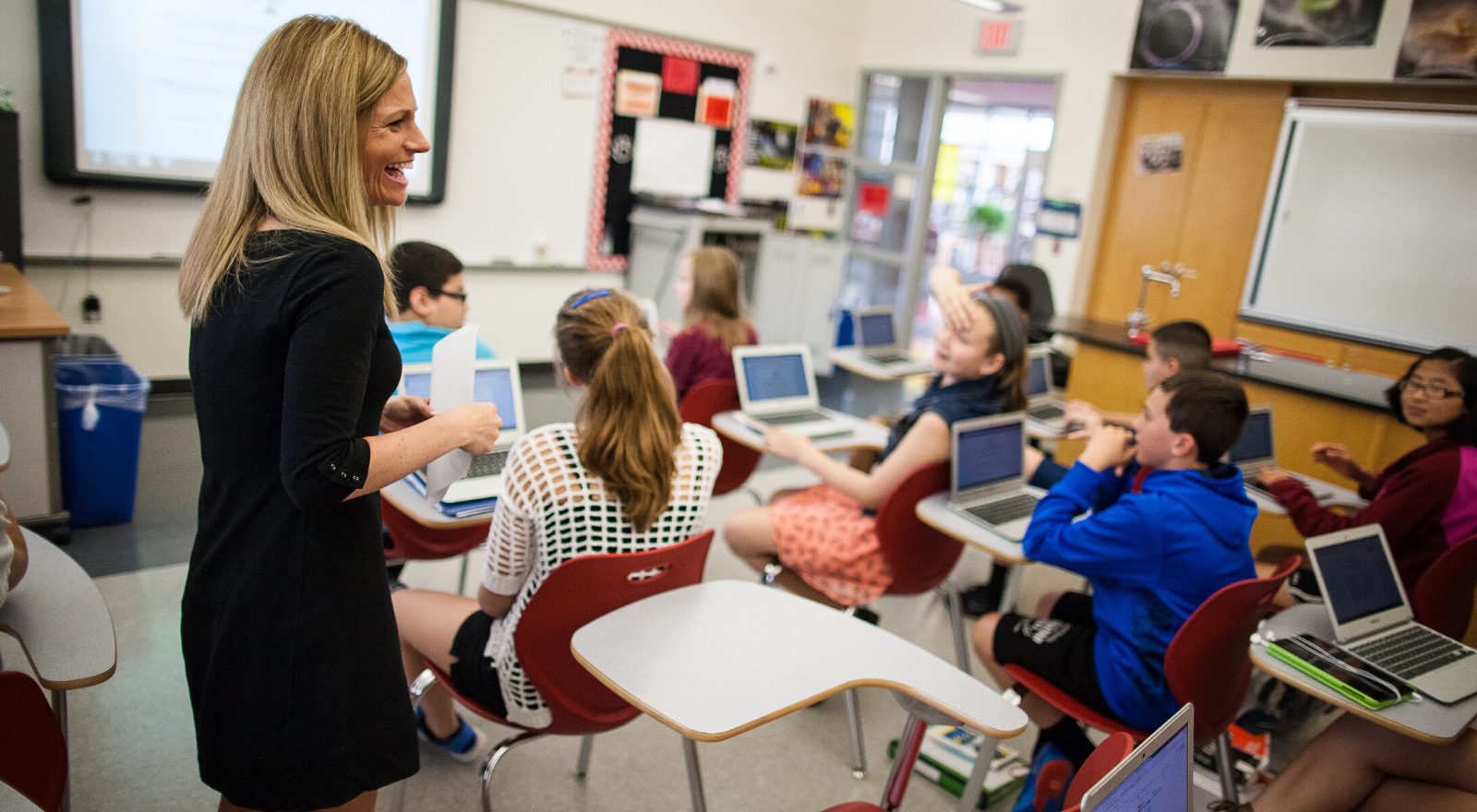In the ever-evolving landscape of education, the quest to enhance learning experiences is a perpetual endeavor. Effective curriculum and instruction strategies lie at the heart of this pursuit, guiding educators in crafting engaging and impactful learning journeys for their students. In this blog post, we will delve into the world of curriculum and instruction, uncovering key strategies that have the potential to revolutionize the way we educate.
1. Understanding Curriculum and Instruction
Curriculum serves as the blueprint for learning, outlining the content and objectives that students will encounter. Instruction, on the other hand, encompasses the methods and techniques educators employ to impart this content effectively. Both elements are intertwined, with a well-designed curriculum providing the foundation upon which instruction is built.
2. Characteristics of Effective Curriculum and Instruction
Effective curriculum is characterized by alignment with learning goals, relevance to students’ lives, and flexibility to adapt to diverse learning styles. Instruction, to be impactful, must engage students, cater to their individual needs, and incorporate assessment strategies that measure not only knowledge but also critical thinking and practical skills.
3. Importance of Tailoring Curriculum to Learners
Personalization is key in today’s diverse classroom settings. By tailoring the curriculum to learners’ interests, strengths, and learning preferences, educators can create a more engaging and meaningful learning experience. Personalized learning not only increases motivation but also deepens understanding and retention of concepts.
4. Incorporating Technology in Curriculum and Instruction
Technology has brought a new dimension to education. Integrating educational tools and platforms can make curriculum content come alive, transforming traditional classrooms into interactive and dynamic learning environments. From virtual field trips to interactive simulations, technology enhances engagement and provides real-world context.
5. Differentiation: Addressing Diverse Learning Needs
Differentiated instruction recognizes that each student is unique. By offering a variety of approaches to learning, educators can meet the diverse needs of their students. Whether through tiered assignments, flexible grouping, or choice-based projects, differentiation ensures that no student is left behind.
6. Active Learning Strategies for Effective Instruction
Active learning encourages students to become active participants in their education. Strategies like problem-based learning, debates, and peer teaching promote deeper understanding and critical thinking. Active learning experiences also foster collaboration and communication skills that are crucial for success beyond the classroom.
7. Assessments and Feedback for Continuous Improvement
Assessments play a pivotal role in evaluating students’ progress and the effectiveness of the curriculum. Formative assessments provide ongoing feedback that guides both students and educators, enabling timely adjustments to instruction methods and curriculum content.
8. Professional Development for Educators
For educators to implement effective curriculum and instruction strategies, continuous professional development is essential. Workshops, conferences, and online courses offer opportunities to explore innovative teaching techniques and stay updated with the latest educational trends.
9. Case Studies: Successful Implementation of Curriculum Enhancements
Real-world examples highlight the transformative power of effective curriculum and instruction. Institutions that have embraced modern teaching methodologies have witnessed improved student engagement, increased retention rates, and a more positive learning environment.
10. Future Trends in Curriculum and Instruction
As education continues to evolve, so do the strategies we use. Emerging trends such as project-based learning, flipped classrooms, and competency-based education are reshaping how educators approach curriculum design and instruction. By staying attuned to these trends, educators can better prepare their students for the challenges of the future.
Takeaway
In the pursuit of enhancing learning experiences, effective curriculum and instruction strategies emerge as beacons of innovation and progress. By understanding the symbiotic relationship between curriculum and instruction, educators can create learning environments that foster growth, curiosity, and a lifelong love of learning. As we continue on this journey, let us remain open to new ideas and committed to the pursuit of educational excellence.

